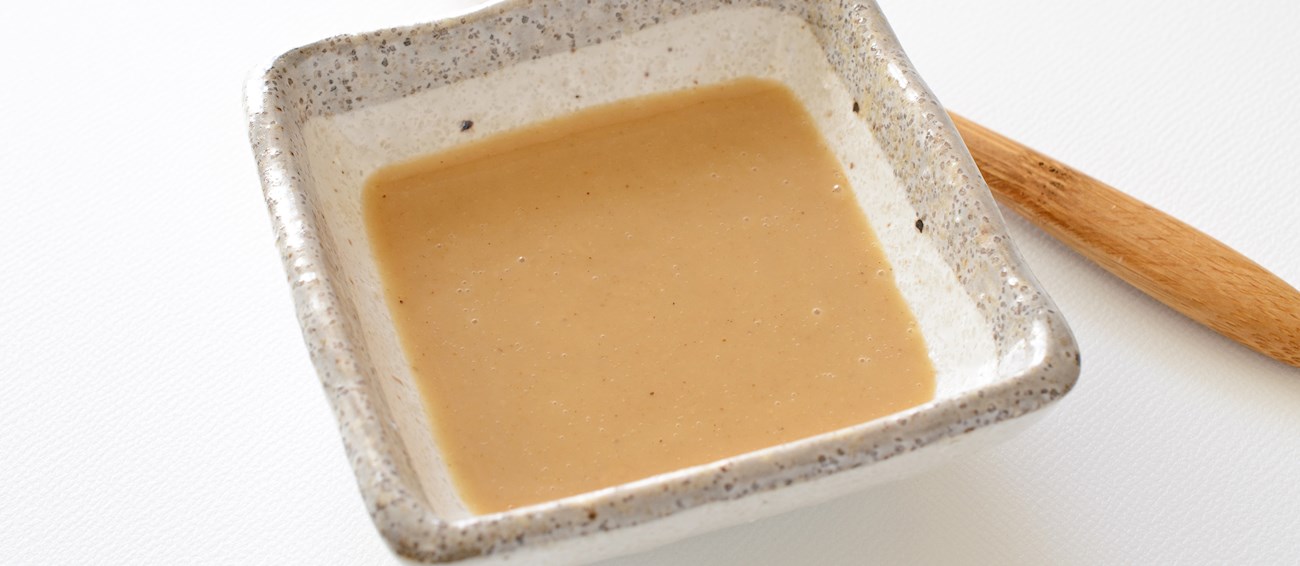Palm sugar paste is a sweetener derived from the sap of various species of palm trees.
Among many that exist, the most used are palmyra, date, nipa, coconut, and sugar palms. Palm sugar paste is sometimes qualified by the type of palm used to make it, such as, for example, "coconut palm sugar paste". The process of making palm sugar paste consists of first tapping the tree to collect sap, then boiling and evaporating this sap to create a concentrated paste or syrup.
Zhī ma jiàng is the Chinese term for sesame paste, which is an ingredient that plays a central role in many Chinese dishes. This sesame paste is particularly popular in both Northern and Sichuan cuisines. It is typically made from toasted, unhulled sesame seeds, giving it a darker color and a more robust, nuttier flavor compared to tahini (a Middle Eastern sesame paste made from hulled sesame seeds).
In Chinese cuisine, zhī ma jiàng is used in various dishes. It is mixed with noodles, used as a dip for hot pot dishes, or incorporated into sauces and dressings to add richness and depth.
Red bean paste is a sweet paste made by boiling and mashing adzuki (also spelled as azuki) beans. The paste is then sweetened with honey or sugar. It is used as a filling for bread, steamed bread, cakes, and dumplings. The adzuki bean originates from China, but it has been introduced to Japan by the Chinese, and is now the sixth largest crop in Japan.
There are two most popular varieties of red bean paste in Japan today: koshian (smooth) and tsubuan (with whole beans). Although red bean paste is most closely associated with Japan, it is also used in Chinese and Korean cuisine, in the preparation of dishes such as mooncakes, baozi, red bean soup, and baram tteok.
Bumbu Bali refers to a complex and flavorful spice mixture from Bali, that typically includes a wide range of ingredients, such as garlic, shallots, galangal, ginger, turmeric, lemongrass, chili peppers, coriander seeds, cumin seeds, and sometimes shrimp paste, among others.
These components are finely ground into a paste and used as a marinade or sauce base for various traditional Balinese dishes. Bumbu Bali is celebrated for its depth of flavor, combining sweet, spicy, savory, and umami notes. It's used in a variety of dishes, from meats and seafood to vegetables.
TasteAtlas food rankings are based on the ratings of the TasteAtlas audience, with a series of mechanisms that recognize real users and that ignore bot, nationalist or local patriotic ratings, and give additional value to the ratings of users that the system recognizes as knowledgeable. TasteAtlas Rankings should not be seen as the final global conclusion about food. Their purpose is to promote excellent local foods, instill pride in traditional dishes, and arouse curiosity about dishes you haven’t tried.



